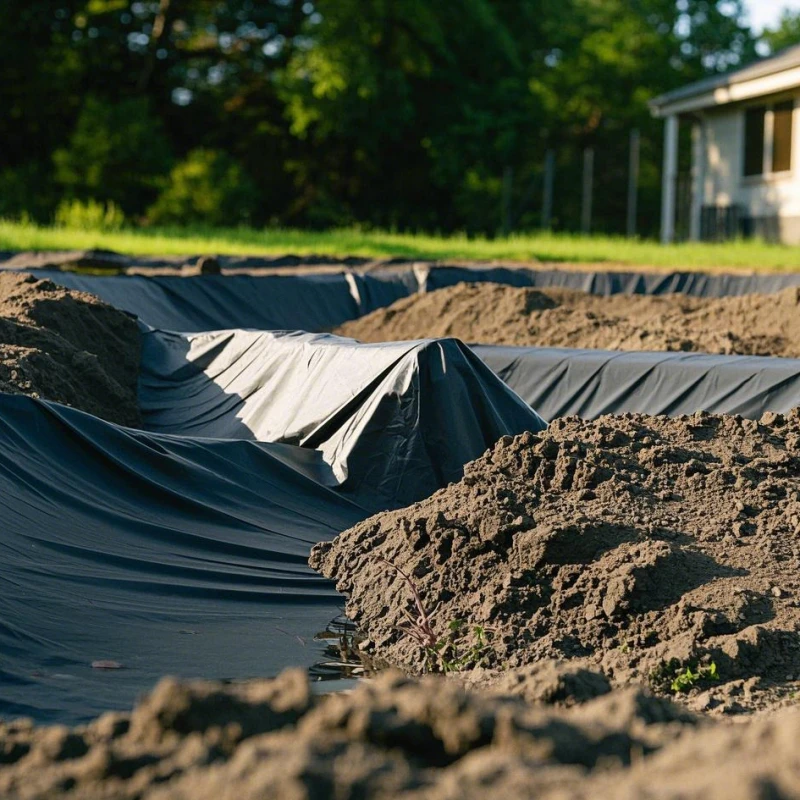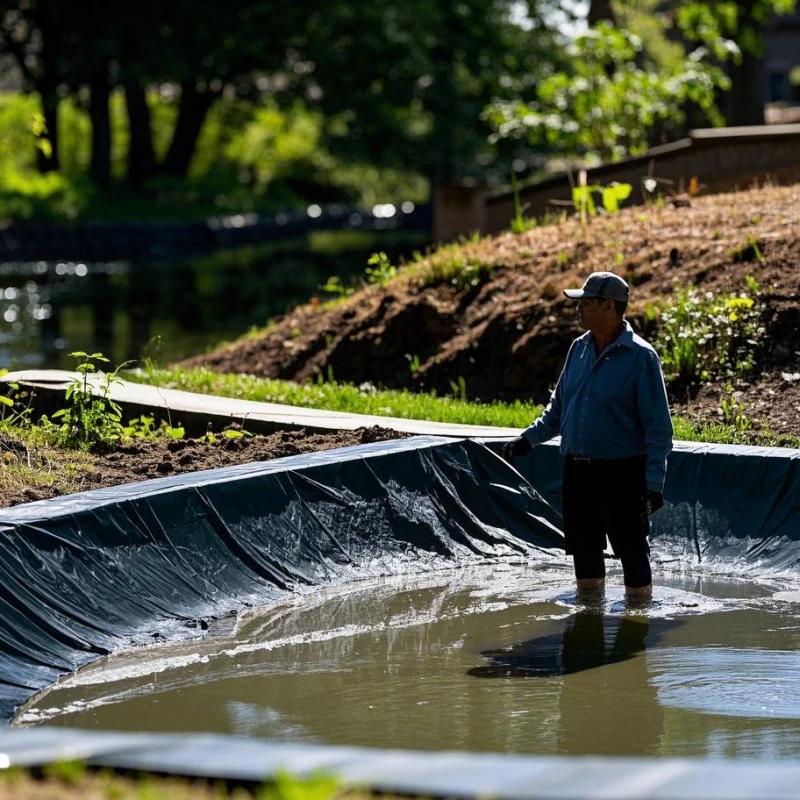Bentonite Clay Pond Liner Cost
Bentonite clay is a popular choice for pond liners due to its natural sealing properties, cost-effectiveness, and environmental friendliness. Understanding the costs associated with bentonite clay pond liners is crucial for effective budgeting and planning. This article delves into the various factors influencing the cost of bentonite clay pond liners, providing detailed data and tables to assist in decision-making.
What is Bentonite Clay?
Bentonite clay is a natural, absorbent clay that expands significantly when wet, forming a watertight seal. This property makes it an excellent material for lining ponds, as it prevents water seepage effectively. Unlike synthetic liners, bentonite integrates with the soil, creating a natural barrier against leaks.
Factors Influencing Bentonite Clay Pond Liner Costs
Several factors affect the overall cost of installing a bentonite clay pond liner:
Pond Size and Shape: Larger ponds require more bentonite, increasing material costs. Complex shapes may also demand additional labor and materials to ensure proper sealing.
Soil Composition: The type of soil in the pond area influences the amount of bentonite needed. Sandy or gravelly soils typically require more bentonite to achieve an effective seal compared to clay-rich soils.
Application Rate: The recommended application rate of bentonite varies based on soil type, generally ranging from 2 to 6 pounds per square foot. Higher application rates increase material costs but ensure better sealing in porous soils.
Material Costs: The price of bentonite clay varies depending on the supplier, purchase quantity, and packaging. Bulk purchases often reduce the cost per ton.
Labor and Equipment: Costs associated with site preparation, application, and compaction of bentonite add to the overall expense. Hiring experienced professionals ensures proper installation but increases labor costs.
Cost Breakdown
To provide a clearer picture, let's break down the costs associated with installing a bentonite clay pond liner.
1. Material Costs
The cost of bentonite clay varies based on the quantity purchased and the supplier. Bulk purchases are more cost-effective for larger projects.
| Quantity | Approximate Cost |
|---|---|
| 45-pound bag | $95.95 |
| 3,000-pound bulk sack | $1,559.99 |
| Full truckload (22.5 tons) | $90-$100 per ton plus freight charges |
2. Application Rates and Total Material Required
The amount of bentonite needed depends on the soil type and the desired application rate.
| Soil Type | Application Rate (lbs/sq ft) | Coverage per Ton (sq ft) |
|---|---|---|
| Clayey Soil | 2 | 1,000 |
| Loamy Soil | 3 | 667 |
| Sandy Soil | 4 | 500 |
| Gravelly Soil | 6 | 333 |
3. Labor and Equipment Costs
Labor and equipment costs vary based on the project's complexity, location, and local rates. For a 1-acre pond, labor costs can range from $5,000 to $15,000, depending on site conditions and the contractor's expertise.
4. Total Estimated Cost for a 1-Acre Pond
Considering a 1-acre pond (43,560 square feet) with loamy soil:
Material Required: Approximately 65.34 tons of bentonite (43,560 sq ft / 667 sq ft per ton).
Material Cost: At $90 per ton, the material cost is approximately $5,880.
Labor and Equipment: Estimated at $10,000.
Total Cost: Approximately $15,880.

The picture shows a scene of pond lining being laid. The purpose of laying pond lining is to prevent pond leakage and ensure water storage function.
Comparison with Other Pond Lining Methods
It's essential to compare bentonite clay liners with other lining methods to make an informed decision.
1. Synthetic Liners
Synthetic liners, such as reinforced polyethylene (RPE), are common alternatives.
| Liner Type | Cost per Square Foot | Total Cost for 1 Acre | Lifespan |
|---|---|---|---|
| Bentonite Clay | $0.36 | $15,880 | 25+ years |
| RPE Liner | $0.50 - $0.90 | $21,780 - $39,204 | 10-20 years |
2. Natural Clay Lining
Utilizing natural clay for pond lining is another option.
| Liner Type | Cost per Square Foot | Total Cost for 1 Acre | Lifespan |
|---|---|---|---|
| Bentonite Clay | $0.36 | $15,880 | 25+ years |
| Natural Clay | $1.50 | $65,340 | 25+ years |
Advantages of Bentonite Clay Pond Liners
Cost-Effective: Generally more affordable than synthetic liners, especially for larger ponds.
Environmental Compatibility: Non-toxic and integrates seamlessly with the natural environment.
Durability: Resistant to punctures and can self-seal minor leaks, reducing maintenance costs.
Conclusion
Bentonite clay pond liners offer a cost-effective and environmentally friendly solution for pond sealing. By considering factors such as pond size, soil composition, and application rates, you can estimate the associated costs accurately. For those seeking reliable geosynthetic materials for their projects, Haoyang Environmental Co., Ltd. is your trusted partner. Established in 2008, Haoyang specializes in the research, development, and manufacturing of geosynthetic materials, environmental engineering services, and soil remediation. With ISO certifications and extensive expertise in environmental governance, Haoyang delivers high-quality solutions for pollution control, waste treatment, and more. Reach out to Haoyang for your next project and experience innovation backed by over 30 patents and a commitment to sustainability.

897.webp)
942.webp)
237.webp)